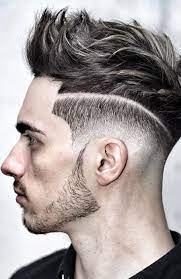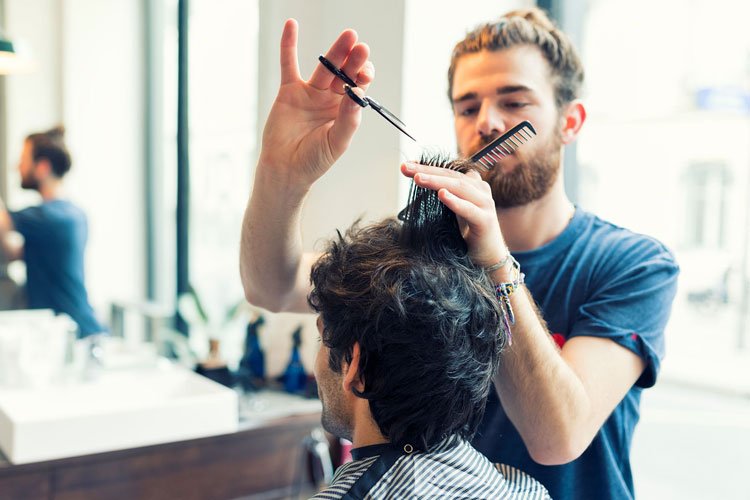
A half-fade haircut can look sleek and sharp, and is the ideal way to show individuality through your hairstyle. Pairing this style with side parts or cornrows creates an incredible look sure to get attention. When getting your first fade, you must communicate exactly what you want with your barber to ensure you receive precisely what you’re after. By doing so, they will ensure they create something tailored precisely to what you want.
Decide on the Fade
A fade is a critical component of any haircut, and various styles are available. Most commonly seen are low, mid, and high fades – soft starting near the base of ears and gradually growing shorter; mid fade starting about ear level; high being the fastest and starting above ears. Consider what kind of fade you want for the style on top, then choose an appropriate fade type accordingly. No matter which one you decide on, communicate clearly with your barber before they start cutting! Ensure that your supplies are of top quality – cheap clippers or dull scissors could ruin the effect of your fade.
Start with a Number 1
Fades are a straightforward way to add some dimension to any haircut, making them a simple yet effective way to stand out. All it takes to start fades is deciding where you want the transition point on either side to be; this defines low, mid, and high fades. To ensure that your barber understands precisely what you mean when discussing a fade, bringing a photograph will , clear any possible confusion, and you will get precisely the look you’re after. Furthermore, using proper terminology will aid them as it’s easier for most barbers to interpret words than pointing. Clarifying your desired style will save time and money during the consultation process.
Pick a Fade Line
There are various styles of fades available, so it’s essential to know precisely what you’re after when visiting your barber. A low 0.5 fade into a 2 will have shorter lengths at the bottom that gradually transition into longer ones as you progress toward your forehead. Be sure to inform them what plans you have in store for the top-of-your-head hair – such as buzz cuts, quiffs, or pompadours – once in your consultation appointment. If you’re cutting your fade, use only top-quality clippers and scissors you can afford. Cheap or dull blades may create uneven fades with uneven results that look messy and scraggly; we suggest misting hair lightly with water before beginning cutting.
Check the Corners
The corner should be soft and gentle for a practical fade haircut without cutting into the scalp. To test whether this is occurring as intended, take one lock of hair in your fingers and pull it out in various directions until it reaches your fingertips. If there’s any trace of where hair has begun touching the scalp area, use clippers to blur that area so it blends better into the lower portion of the haircut. Low fades must be touched up every three to four weeks; high skin fades can go longer between cuts. You may come in more frequently to maintain the shape of your haircut; discuss this option with your barber if this makes life more convenient for you.
Finish
A medium fade haircut is ideal for men who wish to add a unique, modern touch to their hair. Combining longer locks on top and shorter ones on the sides can be enhanced further using styling products like Regal Gentleman Texture Paste for maximum effect and to create a striking yet contemporary appearance. Speaking to your barber with the correct terminology can help ensure you receive exactly the cut you want. Instead of simply asking for a fade, explain that you want your top long and gradually fade into 1 or 2 length up the back and sides. A 0.5 fade into 2 is similar to a fade into one, yet it is more subdued and will likely be simpler for your barber to achieve. This style often pairs nicely with side parts to complete its look.

